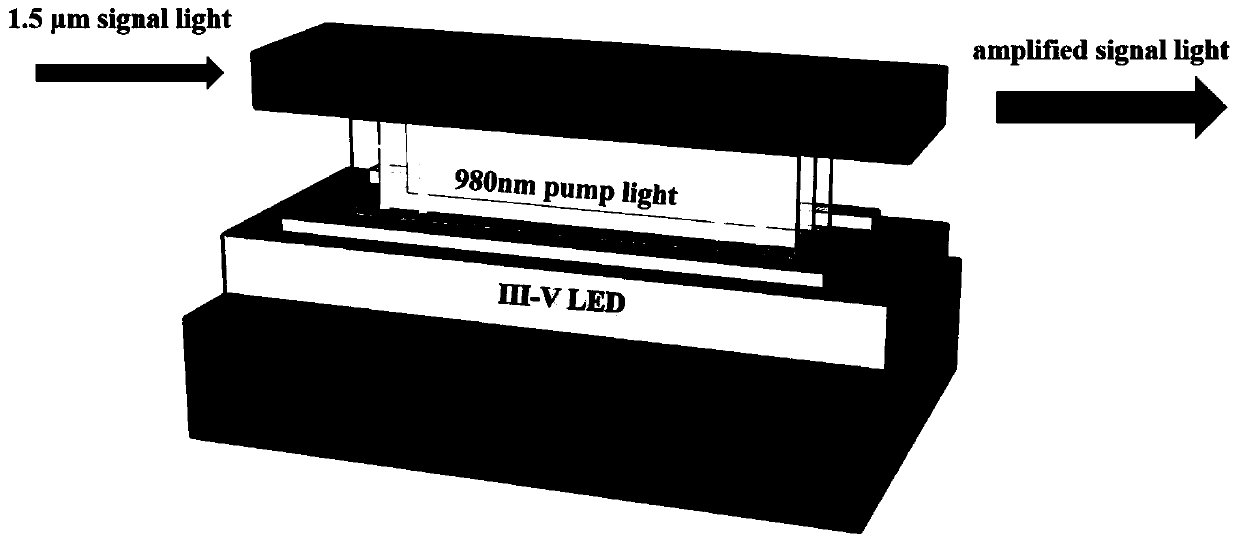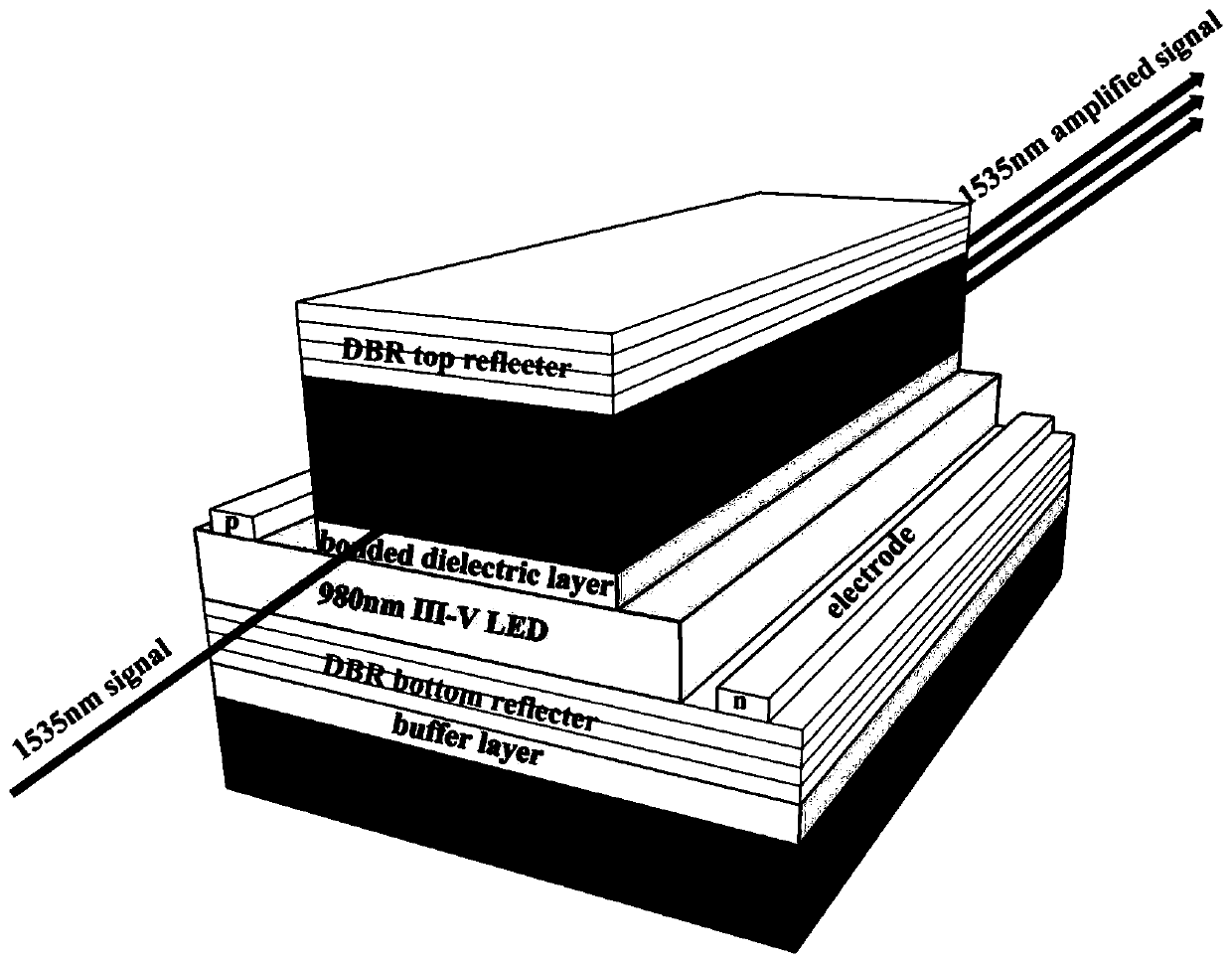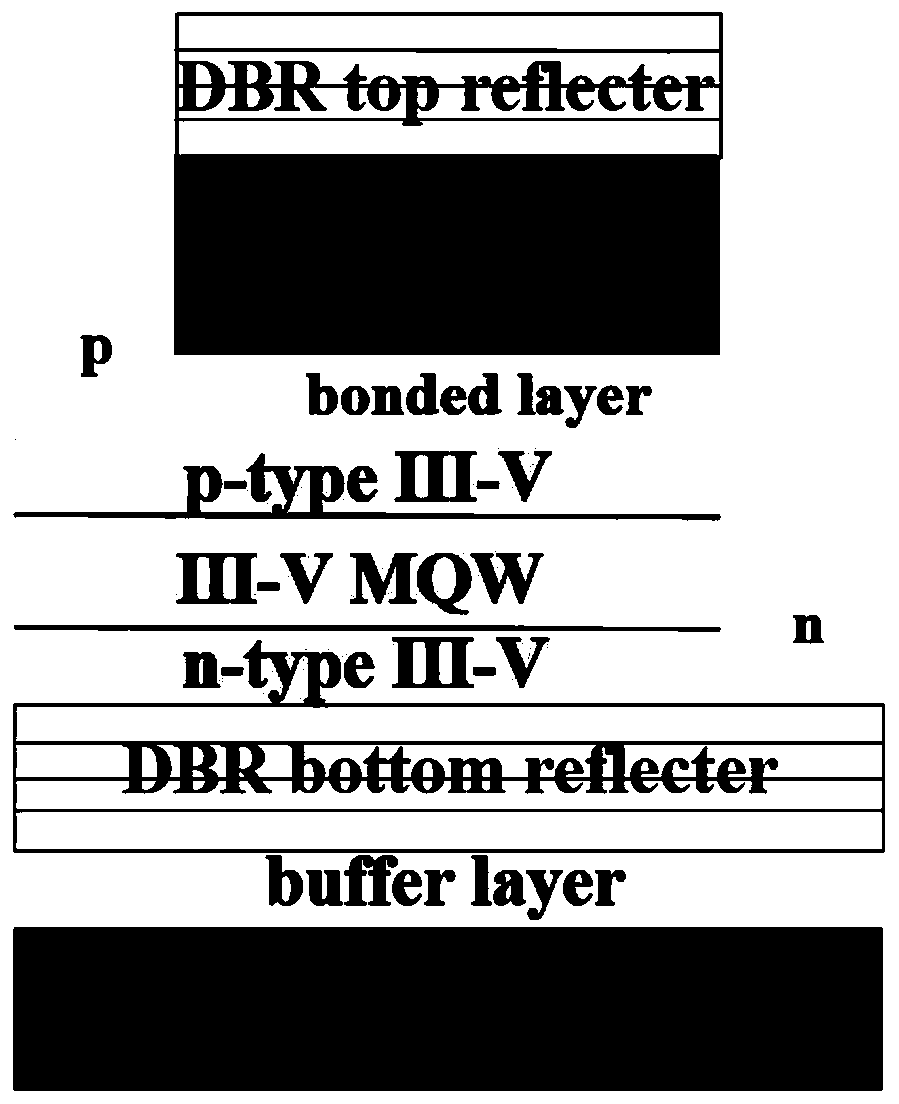Erbium silicate waveguide amplifier based on on-chip pumping and preparation method thereof
A technology of waveguide amplifier and erbium silicate, which is applied in the field of optoelectronics, can solve the problems of difficulty in growing indium phosphide, poor performance and reliability of optoelectronic devices, thermal mismatch of semiconductors, etc., so as to avoid basic difficulties and meet high-density integration , The effect of reducing the size of the device
- Summary
- Abstract
- Description
- Claims
- Application Information
AI Technical Summary
Problems solved by technology
Method used
Image
Examples
Embodiment Construction
[0041] In order to make the purpose, technical solutions and advantages of the embodiments of the present invention clearer, the technical solutions in the embodiments of the present invention will be clearly and completely described below in conjunction with the drawings in the embodiments of the present invention. Obviously, the described embodiments It is a part of embodiments of the present invention, but not all embodiments. Based on the embodiments of the present invention, all other embodiments obtained by persons of ordinary skill in the art without creative efforts fall within the protection scope of the present invention.
[0042] At present, silicon photonics technology has entered a mature stage, but reliable silicon-based light sources such as lasers and optical amplifiers are still short boards; in addition, erbium-doped materials are recognized as suitable materials for optical amplifiers, but erbium-doped optical amplifiers cannot be directly pumped Pu.
[004...
PUM
| Property | Measurement | Unit |
|---|---|---|
| reflectance | aaaaa | aaaaa |
Abstract
Description
Claims
Application Information
 Login to View More
Login to View More - R&D
- Intellectual Property
- Life Sciences
- Materials
- Tech Scout
- Unparalleled Data Quality
- Higher Quality Content
- 60% Fewer Hallucinations
Browse by: Latest US Patents, China's latest patents, Technical Efficacy Thesaurus, Application Domain, Technology Topic, Popular Technical Reports.
© 2025 PatSnap. All rights reserved.Legal|Privacy policy|Modern Slavery Act Transparency Statement|Sitemap|About US| Contact US: help@patsnap.com



